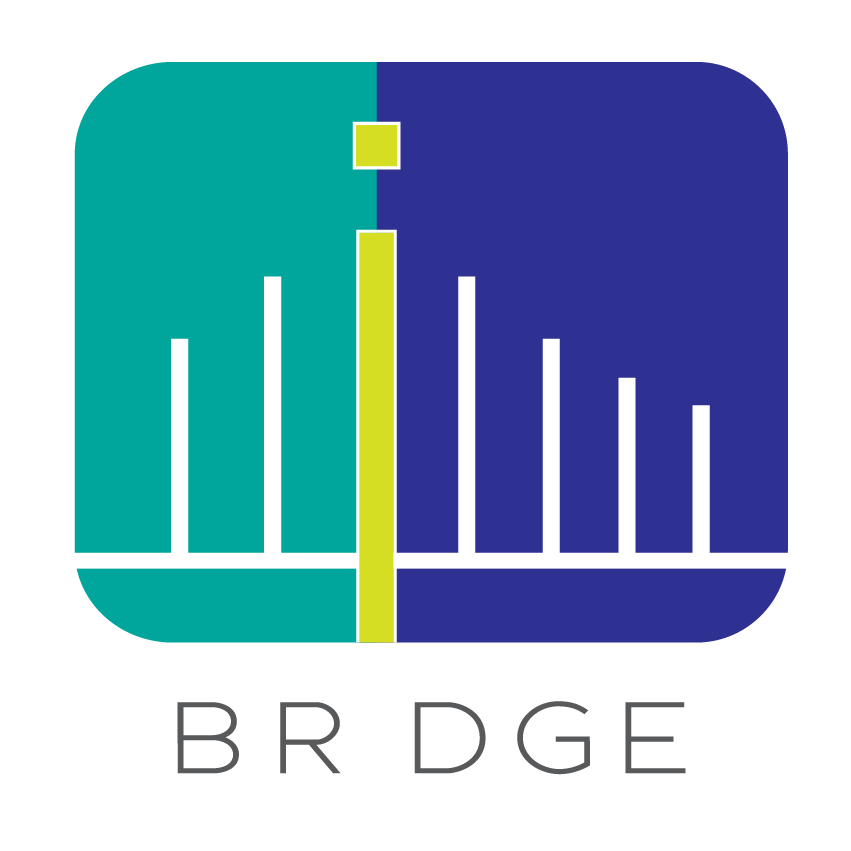7 Cash Flow Surprises That Can Kill Your Business
Does having a positive cash flow mean that your company is profitable? No, not necessarily.
A company’s long-term cash inflows must exceed its long-term cash outflows in order for the company to be in the positive, and this is something that an inexperienced entrepreneur could overlook. Problems start arising when a company cannot meet its commitments because it did not plan in advance and set aside available funds for essential requirements such as payment of tax dues or salaries.
We round up some of the more typical cash flow surprises that business owners should take note of.
1. Profits Are Climbing, But there Is No Cash
While this may seem contradictory to an inexperienced entrepreneur, a seasoned business owner knows that large profits do not necessarily mean more cash in the system.
To understand this point, it is useful to remember that a sale made at your targeted price point would give you a profit but would result in a cash flow only when you collect your dues from the buyer.
Credit sales would boost your profits but be represented in your balance sheet by an increased level of debtors.
There are several other large value entries in your financial accounts that create a divergence between cash flow and profit. The depreciation you charge in your books will lower your profits but have no effect on your cash position.
Conversely, when you purchase inventory, your cash balance would get depleted but your profits would remain the same.
A business owner who ignores the cash levels within the company and becomes complacent when profits mount may be leading the firm towards disaster.
2. Being On Budget Does Not Guarantee Cash Flows
Every company works to meet the monthly and quarterly budgets that it has set for itself. These help its sales staff ensure that they are on track to achieve their sales and collection targets.
It is also essential to keep expenses in check and the best way to do so is to constantly correlate expenditure with the amount budgeted for various expenses.
There will be times when a company will find that although it is within budget on all parameters, the cash position is a cause for alarm.
The inconsistency between budgets and cash flow is caused because while expenses may be incurred at the beginning of the month, receipts may take place in the latter part.
It is quite normal for sales staff to meet collection targets in the last week of the month. But payments for overheads may need to be paid earlier.
A business needs to monitor its daily cash position, otherwise it may find itself running out of funds when they are most required.
3. The Triple Threat
The three most crucial factors that influence the amount of cash in your business are your inventory, debtors, and payment terms with suppliers.
It is essential to monitor these on a daily basis. If you buy inventory on cash and sell on credit, it will deplete your funds position.
Ideally, you should buy inventory on credit and sell it on cash in the shortest time possible. This may not be practical in a real-life situation.
The best way to track this is to monitor your inventory turnover ratio, collection days, and payment days.
The first will tell you how long it takes on an average to sell your stock. Your collection days indicate the time period required to realise your money for a sale.
Lastly, your payment days reveals the time period for which you can defer payment to suppliers.
Alan Miltz is an esteemed banking and finance specialist who has developed highly effective analysis techniques for tracking cash flow. His methods are simple and can be used by businesses of all sizes. Listen to his 8 minute podcast on Spotify here.
4. Large Payments Like Taxes And Other Statutory Dues
When a business is faced with a cash constraint the temptation to use any means at hand to address the crisis is a natural reaction.
Unfortunately, some companies resort to utilising the GST collected from customers to meet payment obligations to suppliers or to pay wages.
Such an approach is a short-term solution at best and can lead to payment of interest and penalties to the government if there is a default. If this becomes a routine, there will inevitably be a time when you would have spent the taxes that you have collected on your day-to-day operational expenses.
With your money blocked in debtors or inventory, there will be no way to meet your statutory obligations.
The best approach is to deposit tax amounts received from customers into a separate bank account and pay them on the due date to government authorities.
5. Taking On A Big Project
When your company lands a big job it is time to celebrate. This was just the opportunity that you were waiting for and it will give your business the boost it needs.
But besides calculating the targeted profits, it is wise to consider the strain that the new project will put on your cash position.
A large customer may take even longer to pay your dues than your regular clients. Additionally, you may need to buy more inventory or engage extra staff.
As your business grows it will put a greater strain on your cash resources. At this stage, it is even more important to plan your cash flows.
6. Failure To Plan Cash Flows
This is a fundamental requirement for any business. It is imperative that you have an approximate idea about the timing and amounts of both your inflows and outflows.
While it may be difficult to do this exercise with a great degree of precision, it is definitely possible to anticipate revenues and expenses. Every industry is unique and places certain demands on the businesses within it.
For example, retail companies need to increase their inventories prior to the holiday season.
Similarly, an organisation knows that yearly bonuses to staff are payable at a certain time of the year.
7. Accuracy Of Your Estimates
When planning a cash flow the usual tendency is to overestimate inflows and think that outflows will be smaller than they really are. Usually, the opposite is true.
It is sound business practice to take a conservative view of anticipated cash receipts and provide a slightly higher amount for expenses.
Every experienced business owner knows that regardless of the precautions that are taken, there will be unplanned expenses that arise. It is advisable to keep a cushion for this.
Another measure to take in advance is to tie up a line of finance before you actually need the funds.
This will save you the trouble of borrowing money at short notice when you would probably pay a higher rate of interest.
Disclaimer: The information contained on this website is for general informational purposes only. The content in this article does not constitute investment advice. Please seek professional advice before making investment decisions. BRDGE accepts no liability for any decisions taken in relation to the above.


Get the guide now!
Get the guide now!